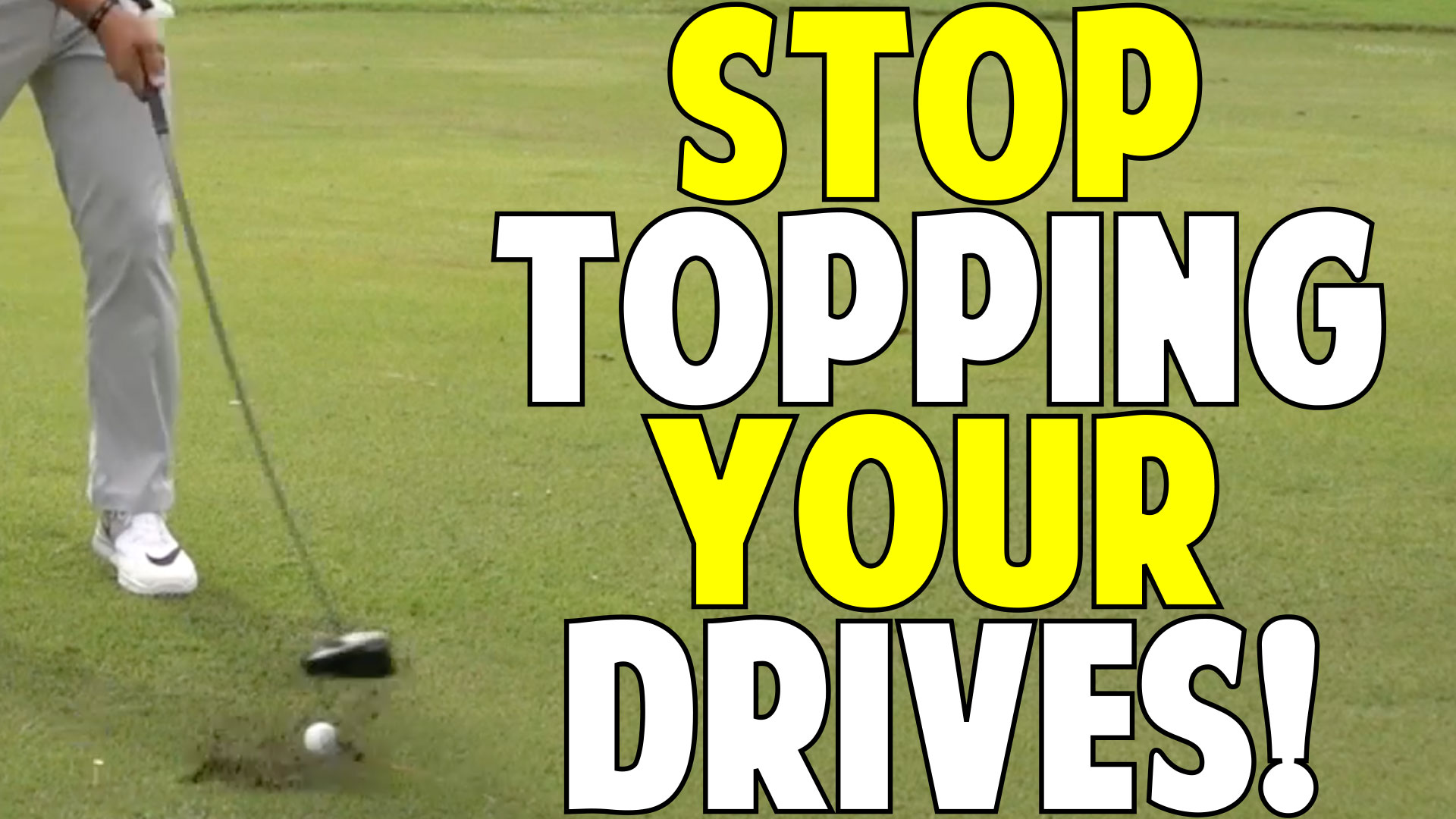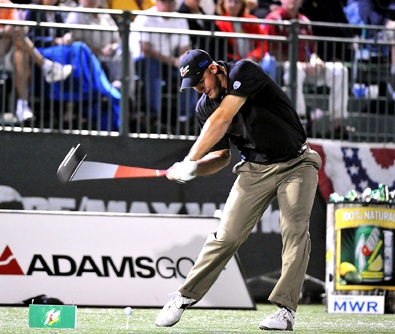
If you struggle to hook a club, you're not the only one. Many players struggle to transfer their weight through the swing and are prone to hooking their shots. There are several options to help you avoid hooking the ball. Slow down your backswing. After that, you should check your wrists carefully before you hit the ball.
You can master all four types.
Hook shots can be used to score a basket or rebound. It involves a quick, sweeping motion around the shooter's head towards the basket and then a flick of your wrist to launch it. The basic principles of hook shots are the same but the execution of the shot will vary.
The hook shot originated in the mid-1940s. This shot is often used by NBA players. The traditional version of this shot involves a sideways pivot using one hand and one arm pointed toward the hoop. It is difficult to hit, but can be made by players of any height. Shooters should use it if they are close to the lane or want to pass the ball over a defender.
Avoid accidental snap hook
The mechanics of your swing are key to avoiding the accidental snap hook when hooking the ball. Your swing should be controlled by your grip. Strong grips will cause you to move your righthand away from the ball, and then slide under the club. This is known as a hooking shot.

You can also avoid the hook by adopting a closed stance. To avoid the hook, you can drop your trail foot between four and six inches from the ball. Keep your shoulders in front of the target for an inside-to-out swing path.
Slowing down your backswing
Your backswing should be slowed when you hook a golfball. This will help you maintain a consistent pace throughout your entire swing. It will also help straighten out your hook. To ensure a smooth swing, you should check your backswing before slowing it down. A good tip is to hit the ball at a distance closer to the hole.
Your power can be used to slow down your backswing. Many players believe that the more they swing, the better. It is important to not overdo it. A long backswing can disrupt the flow of the forward swing. You will be able to make more of your whole body and have a better shot.
Before hitting a ball of golf, be sure to inspect your wrists
The wrist action of your golf swing is crucial. An error in your wrist action can lead to a disastrous swing. It is important to know how to hinge your wrists properly and the correct timing to get the most power out of them.
The wrist should be neutral at the top and bottom of the backswing. If your wrist is bent or cupped, it will still be able to play a quality shot. Because your hips, chest, arms and wrist movements should all be coordinated through impact, It's also important to remember that your wrists should be positioned close to shoulder height.

Fixing a hook to a golf ball
There are several methods for fixing a hook on a golf ball. One of them is changing your stance. Stand slightly more open than normal, and your swing direction must be straight to the target. Another method is to position the ball slightly more forward.
If you're not sure what's causing your hook, look at your upper body and wrist movements. You might be tilting your upper body too far away from your target, which will lead to a hook. Although a slight tilt can help you hit high draws, too much tilt will cause the club drag to the side on the takeaway. Also, you should check your grip.
FAQ
What is the difference of a driving range versus a putting course?
Players can practice hitting the ball from 50 to 300 yards on a driving range. To practice putting, players use putting greens.
What is a bogey, you ask?
A bogey can be described as an imaginary number that is used by golfers to set a goal. It is not part the game; it is a way to keep score. The player who shoots closest to the number wins the hole.
Jock Hutchison (the first professional golfer from Scotland) invented the idea of a Bogey. The idea was conceived by Jock Hutchison, a professional golfer from Scotland.
To keep track of his progress against himself, he put a number on a piece paper and attached it to his wall. This was known as the "Hutchy Bogey."
How can I learn to play the game of golf?
Golf is a skill that takes practice and time. You can improve your game by practicing. Here are some tips:
-
Practice regularly. Golf requires constant concentration and attention. You won't improve your golf skills if you don’t practice enough.
-
Play with people who play. Playing with others helps you to develop your own style.
-
Before you begin to practice golf, it is important that you read the basics. This will help you get a sense of the things you should work on.
-
Don't try and master everything at once. Concentrate on one aspect in your game. Try focusing on one area of your game. For example, you might try to improve your putting or learn how to chip. Once you feel confident in this area, move on to another part of your game.
-
Take lessons. Lessons can teach you important things like stance, swing speed, posture, etc.
-
Try new techniques. Try new grips, stances and swings.
-
Keep records. Keep track of your progress by recording your scores. This way, you can identify areas where you need improvement.
-
Join a local golf club. Many clubs offer lessons at no cost. Many clubs offer free lessons and have helpful members who are willing to help newcomers.
-
Look for a coach. You can get guidance from a professional coach on certain areas of your game.
Statistics
- Professional golfers typically make between 60% and 70% of greens in regulation. (en.wikipedia.org)
- They do this by means of assessing and rating courses according to the average good score of a "bogey golfer," a player with a handicap of around 20. (en.wikipedia.org)
- Buying a set of Titleist or Taylor-Made irons for nearly $1,000 is simply not necessary and likely a waste of money. (golficity.com)
- They do this by means of assessing and rating courses according to the average good score of a "bogey golfer," a player with a handicap of around 20. (en.wikipedia.org)
External Links
How To
How to Get the Perfect Bunker Shot
A bunker shot, a type or golf shot that aims at a particular spot on the green (the holes) to ensure your ball hits the ground without bouncing off of the surface, is one example. You can take advantage of the slope on the green to do this. This is done to ensure that the ball travels as straight as possible towards the hole.
You want to play golf in the best possible line to get to your target point. There are many factors to consider, such as distance from target, terrain and whether the ball must bounce off the ground or fly straight. Weather conditions can also be important.
You must understand the physics of bunker shots in order to make them perfect. It is important to determine whether you are going uphill, or downhill. If you are looking uphill, a drawing board is necessary. If you are looking downhill, swing with a fade. Next, calculate how fast you must move your body to stop it from bouncing off green. You can do this by measuring the angle between the ball and the direction you're traveling. Next, determine the dimensions of the bunker you want to aim at.
Once you know these things, you are ready to start swinging. As you would with any other shot, swing hard enough for the ball to go past the club head. But slow enough to keep the ball from bouncing off green. You can start your approach once you have found the right speed, trajectory and direction. Slowly approach and touch the ball so that you can see the landing spot. After you have taken one last look at your ball, release it. If all goes according plan, you will be able to make a perfect bunker shot.